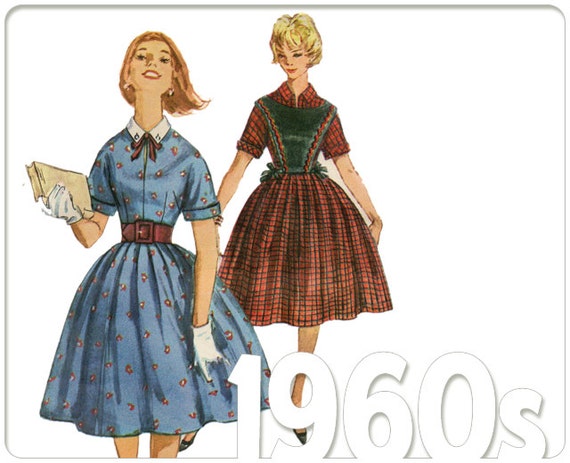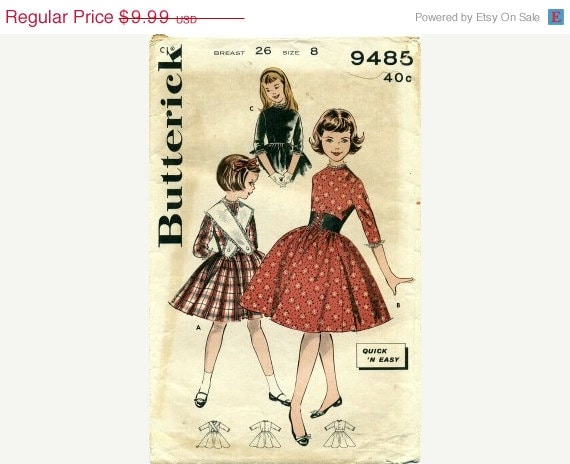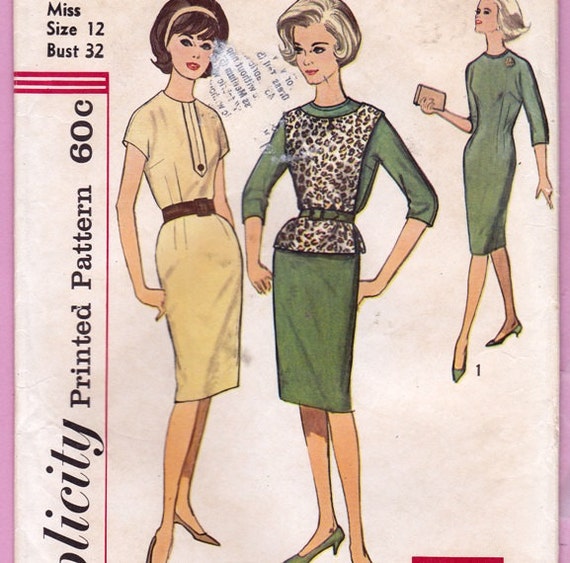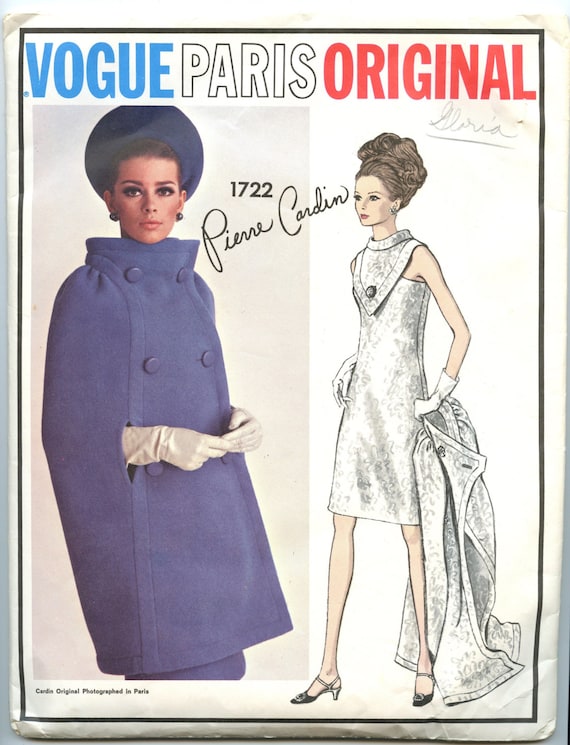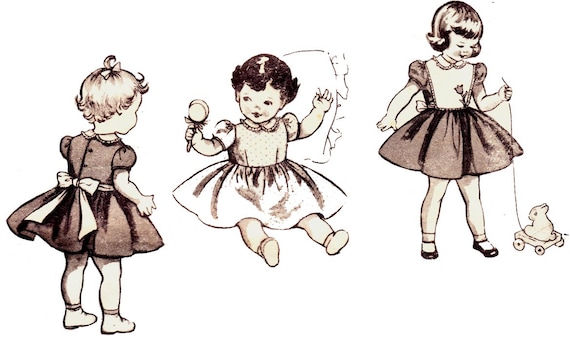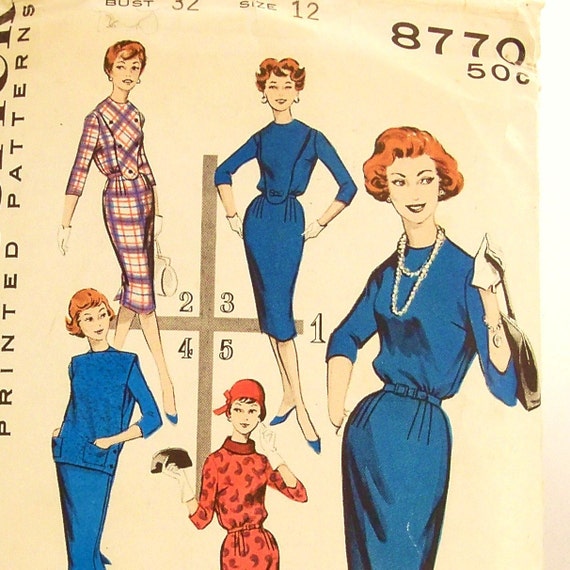Do you crack up or cringe when you hear the word "dickey"? It's one of those fashion items that one doesn't hear much about these days: the dickey seems to have (mostly) fallen out of favor (except with Howard Wolowitz on The Big Bang Theory--he's a big fan!).
Historically, dickeys--defined as a false shirt front, or "detachable bosom" (really!)--were items worn by men: laundering garments was expensive (and difficult--no Maytags) in the 19th century, so just as collars and cuffs were removable on everyday shirts, the dickey could be laundered as it was the most visible part of the shirt seen underneath a man's jacket (which was rarely removed outside of the privacy of one's home). The dickey was most often an element of a formal shirt, one worn under a tuxedo or other formal suit. In addition, many uniforms had dickey fronts--again, as a way to save on laundering costs: the bellboy or waiter presented a neat appearance but didn't have to wash the entire shirt beneath the jacket. With the invention of celluloid, an early form of plastic, dickeys went high-tech (for the time). These plastic shirt fronts were held in place either with straps at the back or via trouser tabs. (By the way, the etymology of the word is unclear: Wikipedia says it may come from rhyming Cockney slang: "dickey dirt" means "shirt"; I'm not sure if that's true, but I like it!).
Advertisement for a man's false shirt front or "dicky"/"dickey". From Wikipedia, courtesy of The New York Public Library. www.nypl.org
The dickey with which we are all probably most familiar in our own experience is the pullover turtleneck knit dickey, which is actually a smart idea: it adds warmth at the neck and throat without adding bulk. From my own youth, though, there were some rather unattractive examples out there (purple acrylic mock turtleneck under a polyester printed shirt, anyone?).
This is actually a free knitting pattern from FreeVintageKnitting.com; it is from Botany College Hand Knits, Vol. II (1958).
In terms of women's garments, in the nineteenth century women began to wear chemisettes, or tuckers--these were lightweight (muslin, linen, lawn, lace) sort of half blouses (often tying at the sides) that covered the chest/bosom, both for modesty's sake and to alter the appearance of a dress at a time when people had far fewer clothes. The same dress could be worn in the evening without this item, and the dress would look very different.
Four chemisettes in the collection of the Metropolitan Museum of Art (metmuseum.org); courtesy the Metropolitan Museum of Art, New York. Three are from the mid-nineteenth century; the one at lower left is from ca. 1925-1930.
These are really kind of dickeys, yes? In the twentieth century, these sorts of items--dickeys and vestees--were worn almost as accessories, as a way to add interest at the neck (and again, change the look of a garment) without adding the bulk of a blouse. They often had bow ties, embroidery, or collars (the peter pan collar was a favorite). Vestees are, as far as I can ascertain, slightly longer garments, and seem to have less ornamentation--but maybe not: perhaps a vestee and a dickey are one and the same for all intents and purposes (fashionista historians, please weigh in and let us know!).
Whatever you call it, there are a million ways to use one of these faux-fronts to change up your wardrobe; in fact, they are a great way to transition between the seasons.
Now let's look at some dickey/vestee patterns from member of the Pattern Patter Team on Etsy! It's interesting to note that in many cases the dickeys/vestees look like part of the dress--you have to look closely to see that a dickey is part of the pattern.
Top row, left to right: DuBarry 5800: Denisecraft
Second row: Simplicity 4195: PatternAndStitch
Third row: Advance 6835: fancywork
Fourth row: Vogue 7040: laughingduckvintage
Second row: Butterick 3859: PatternMatters
Third row: Vogue 9795: ShellMakeYouFlip
Fourth row: Spadea 454: kinseysue
Top row, left to right: Vogue 3293: VintageNeedleFinds
Second row: McCall’s 7643: SweetSorotVeasman
Simplicity 6434: SelvedgeShop
Third row: Simplicity 6195: patternpalooza
Whether it's a dickey or a vestee, which one of these lovely patterns would YOU don? Tell us in the comments!







